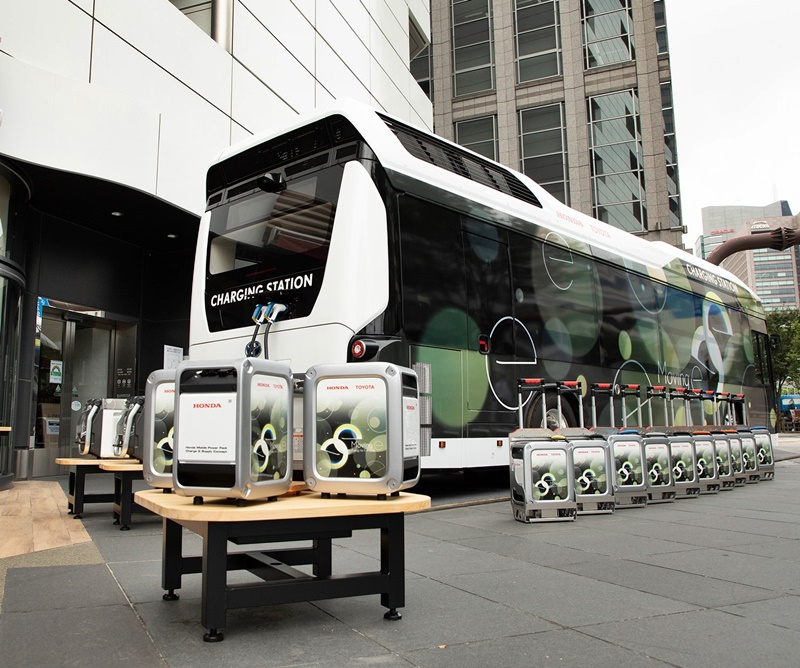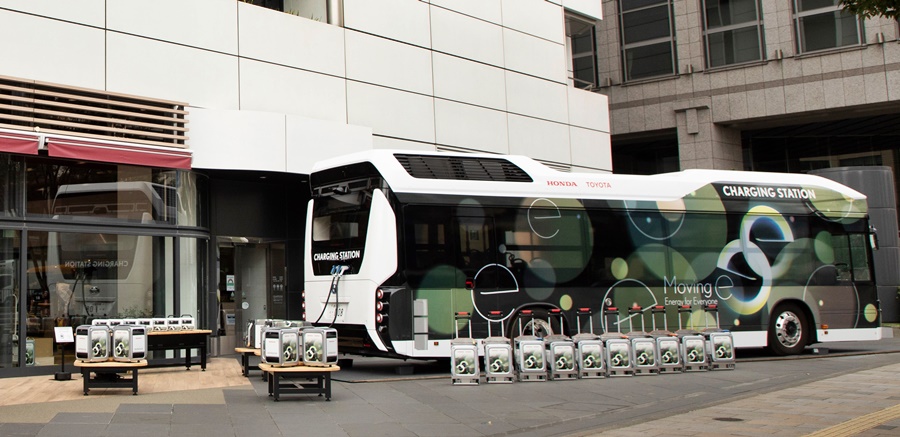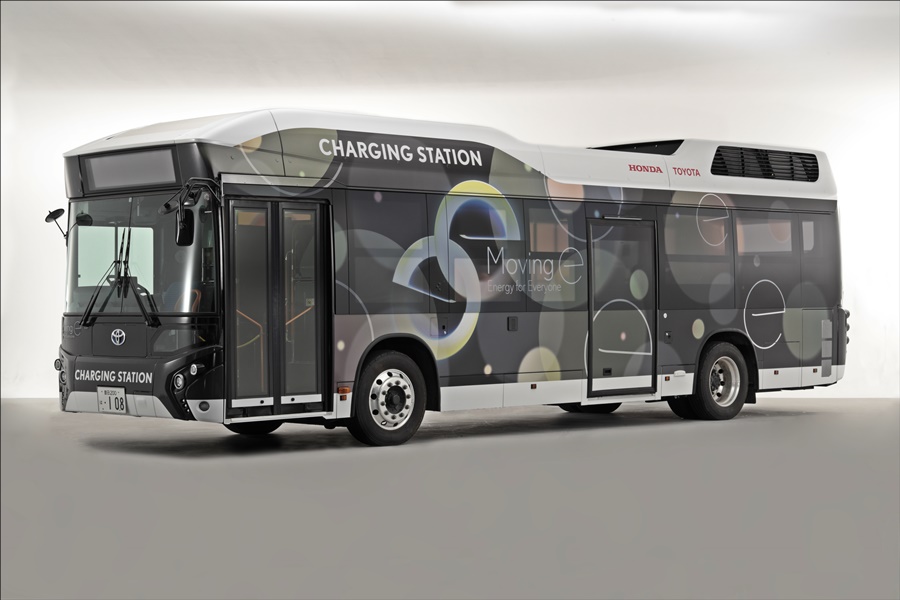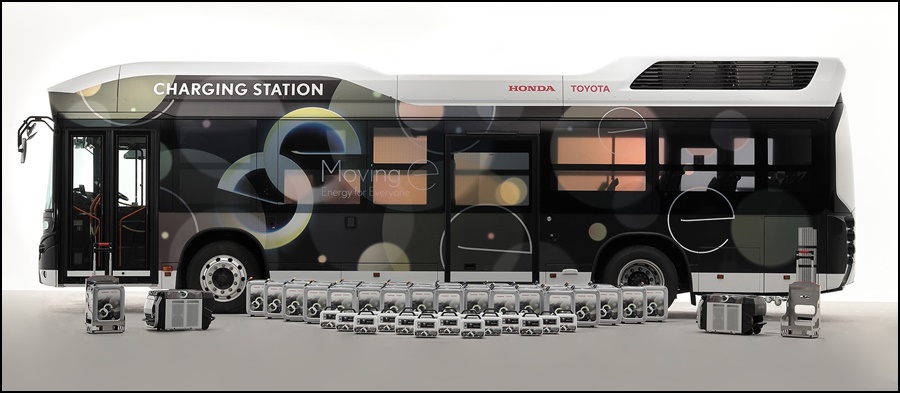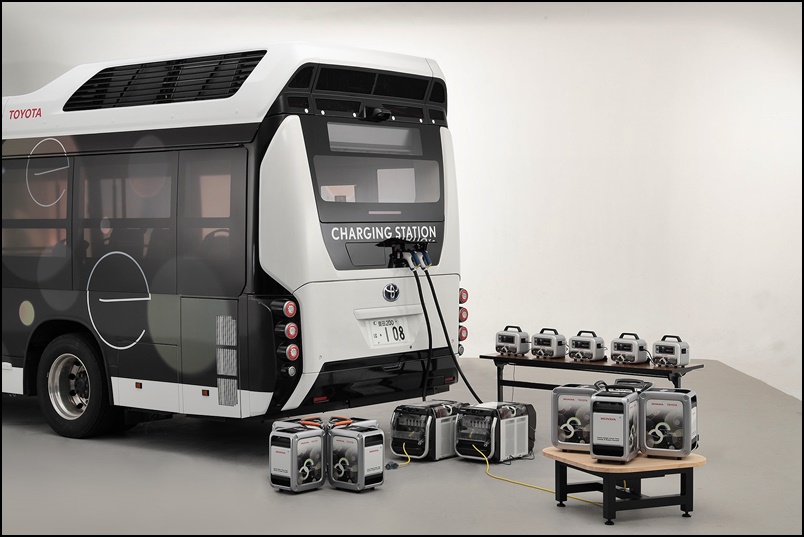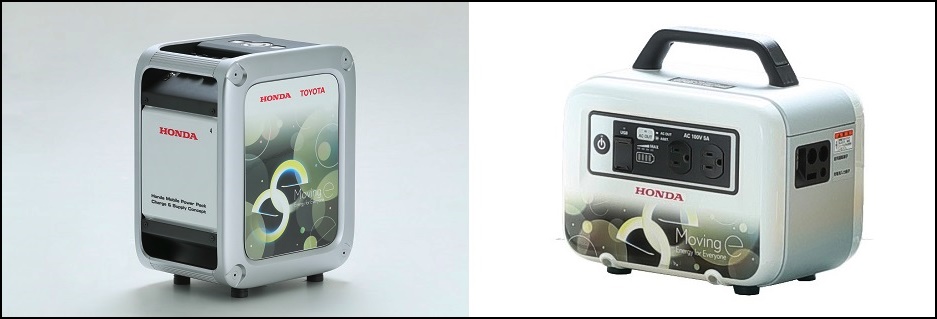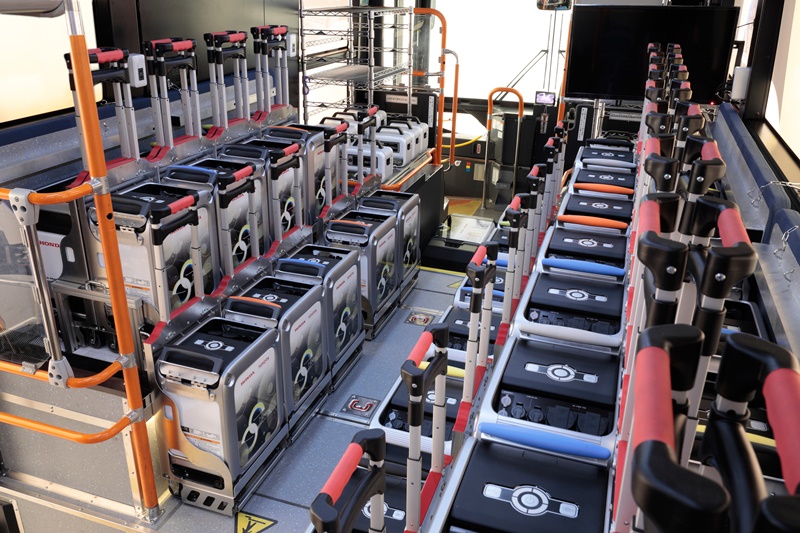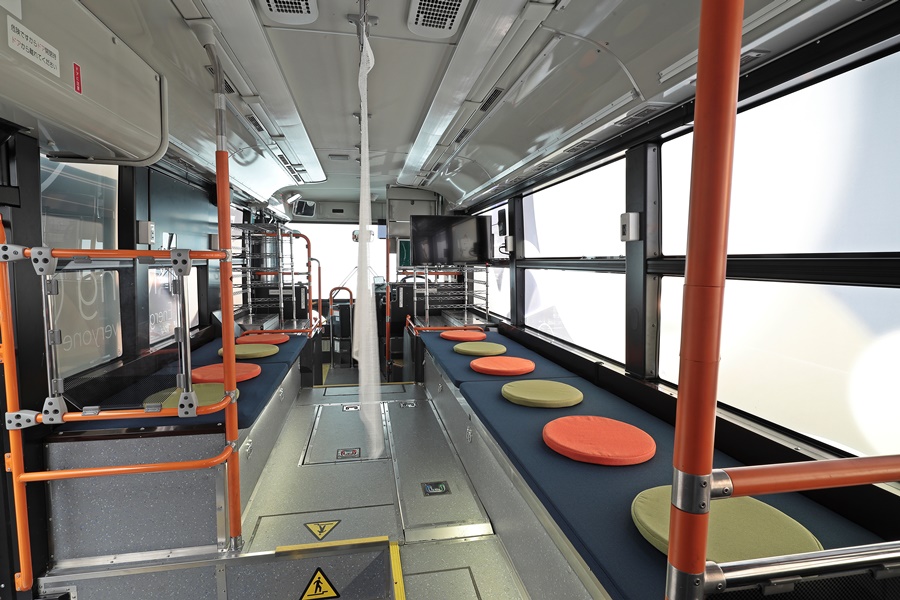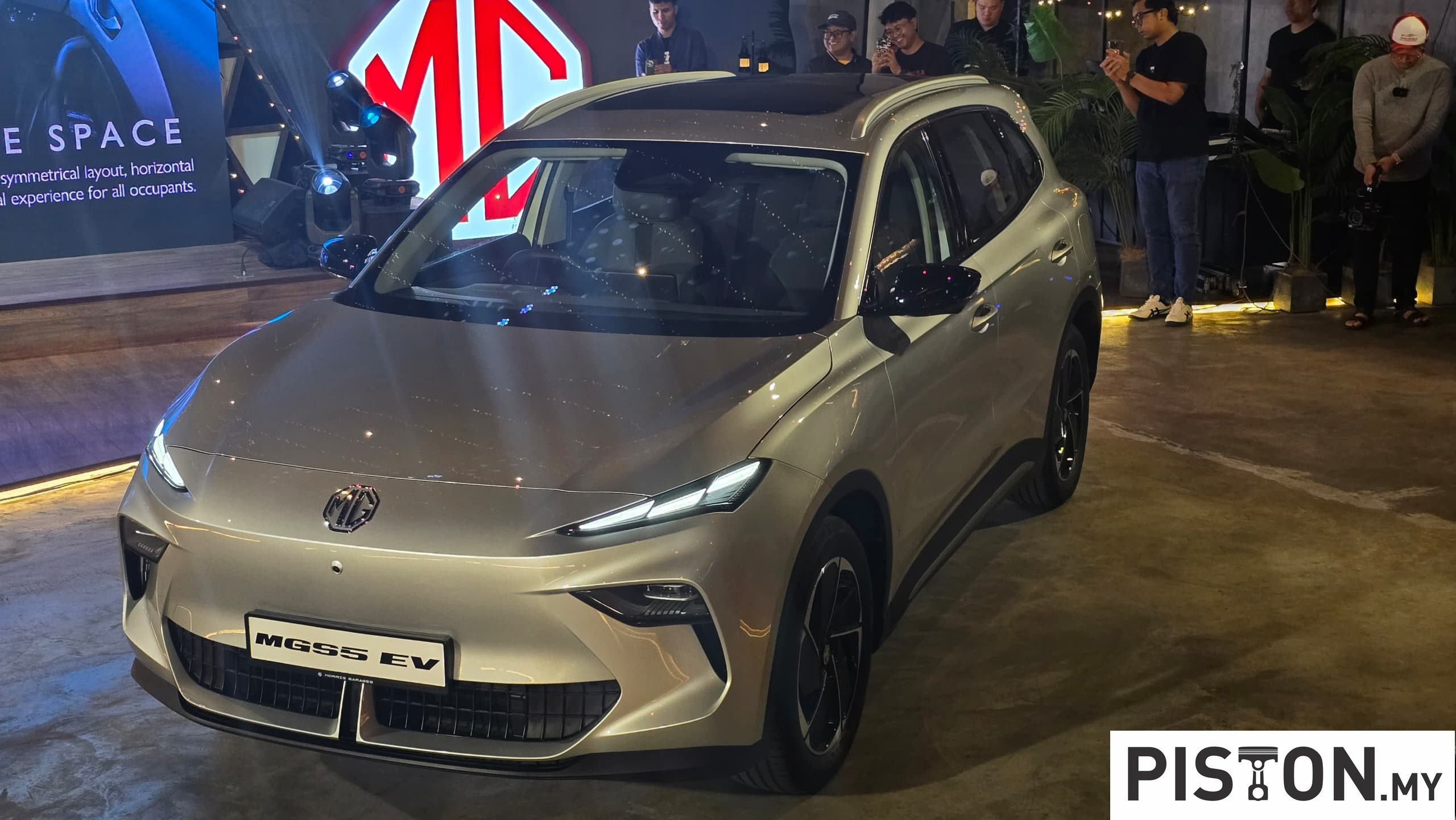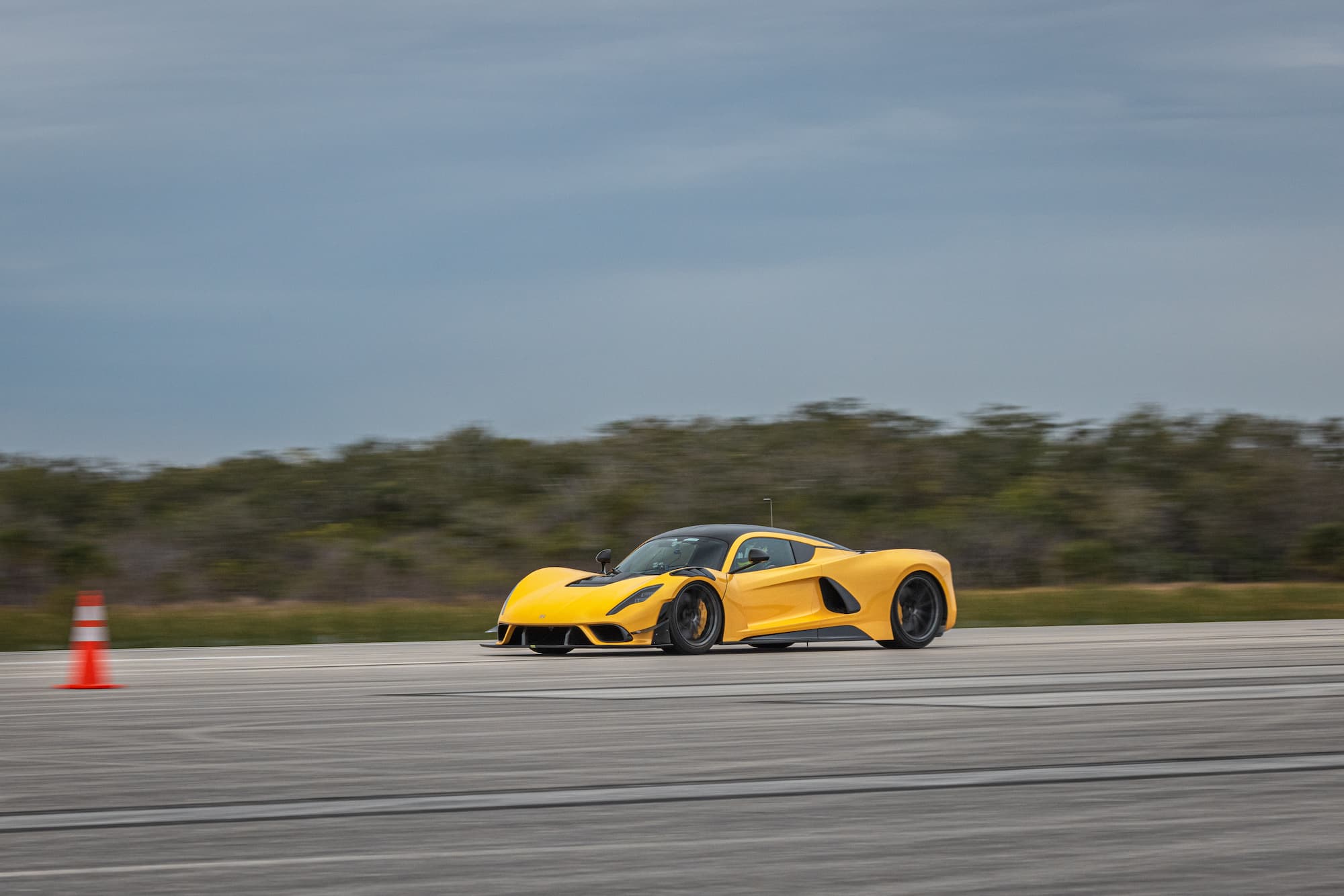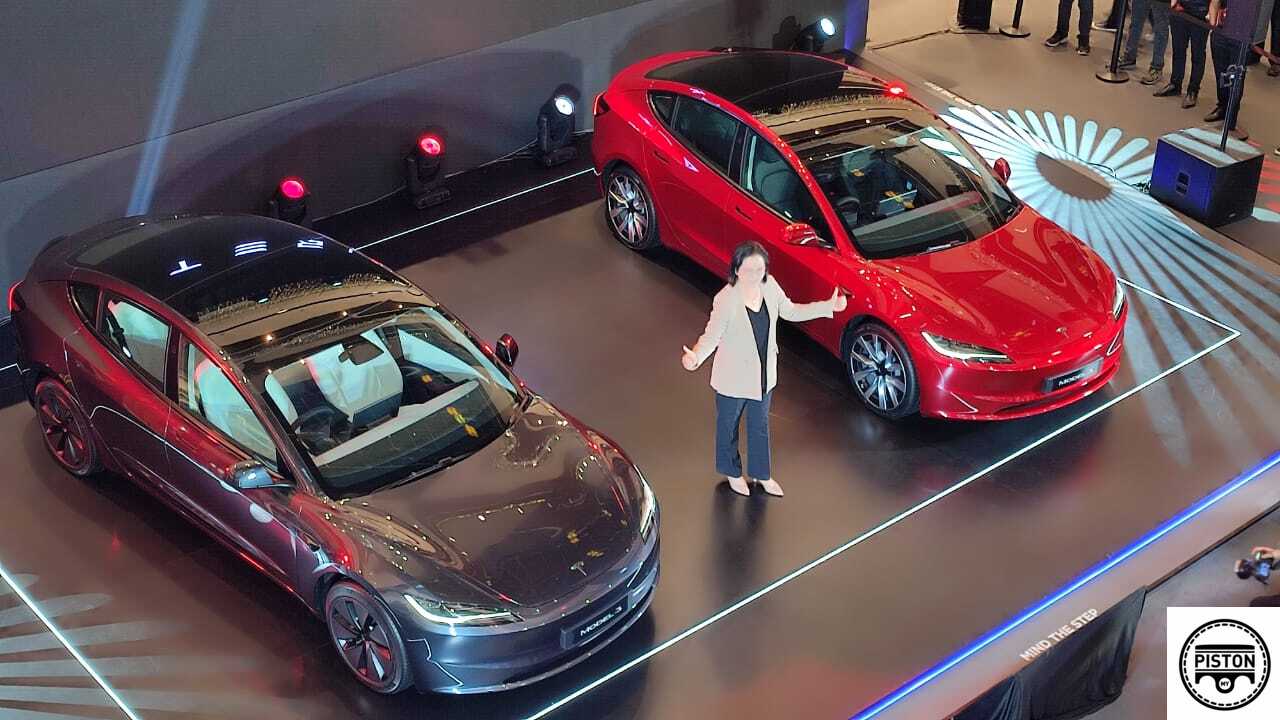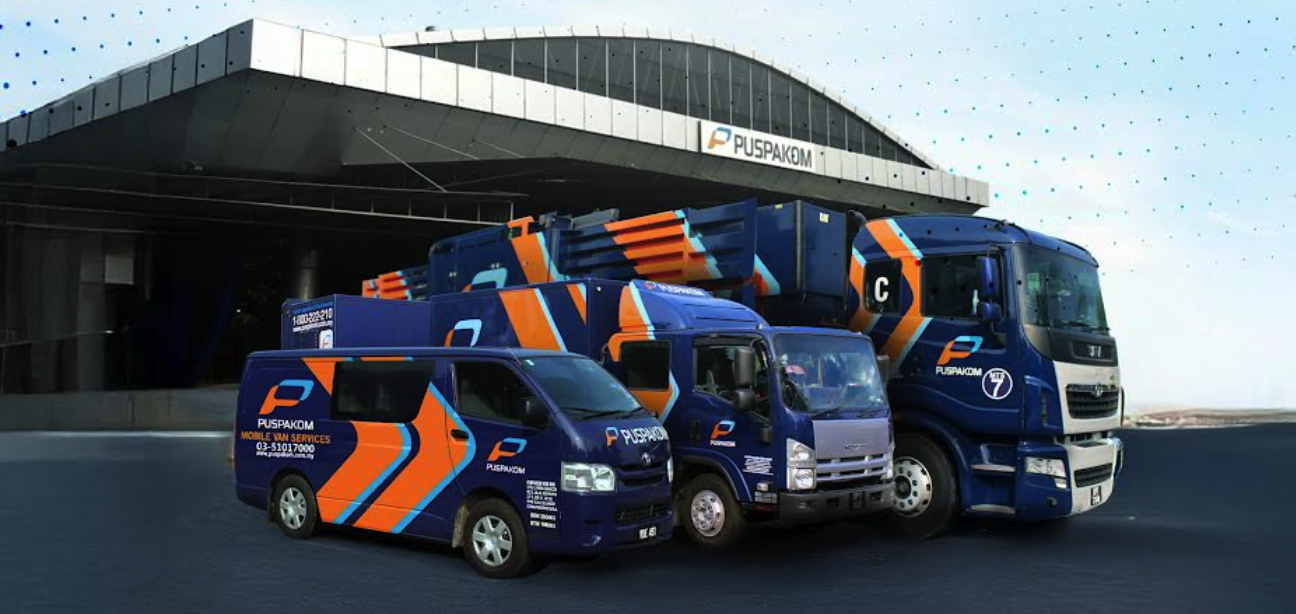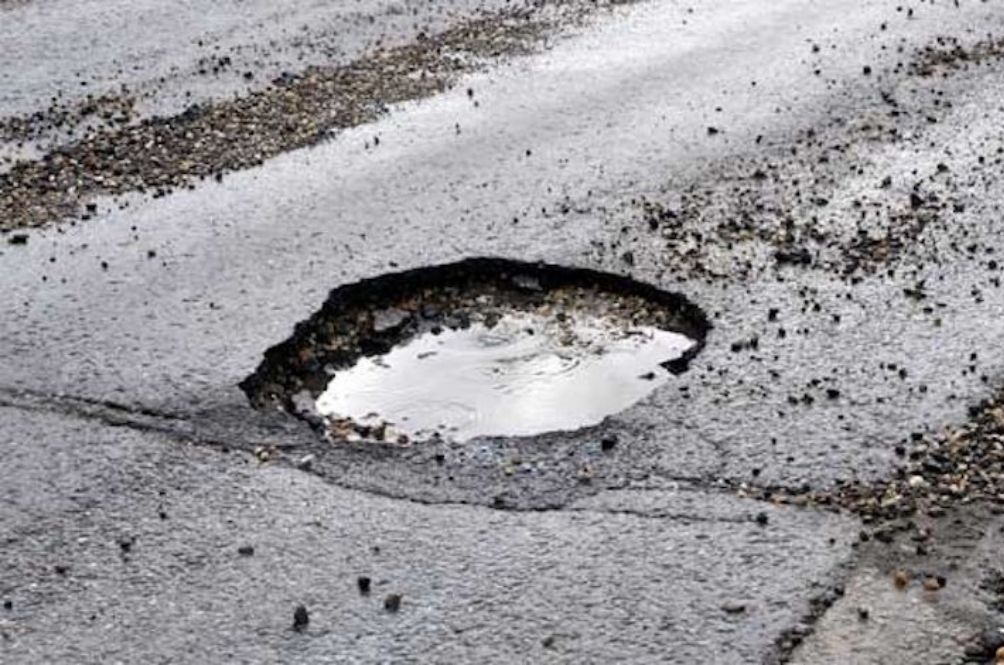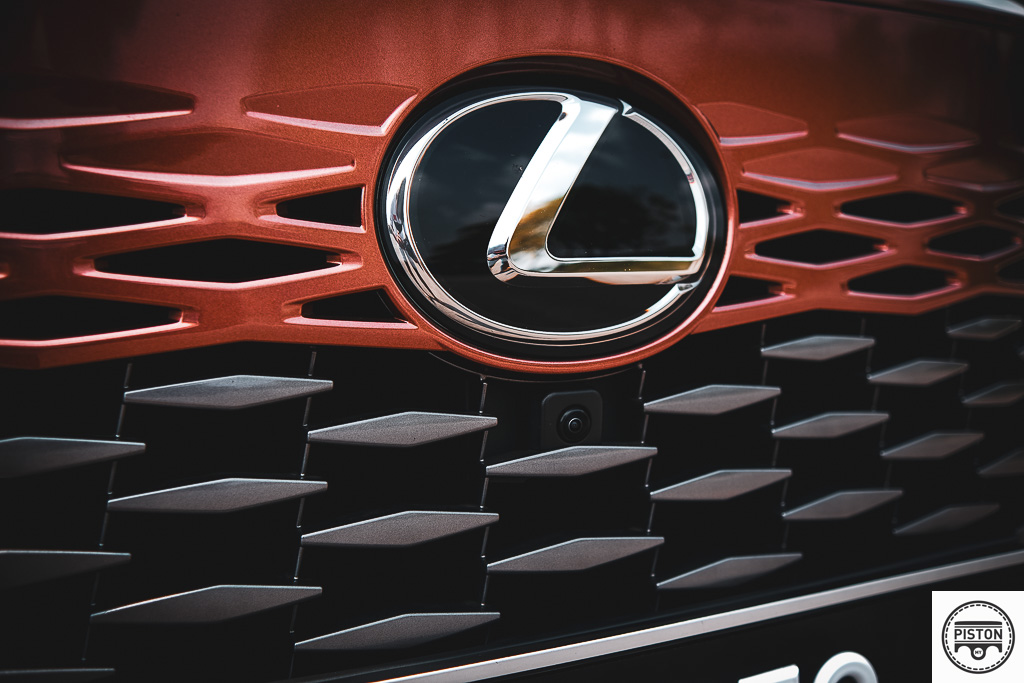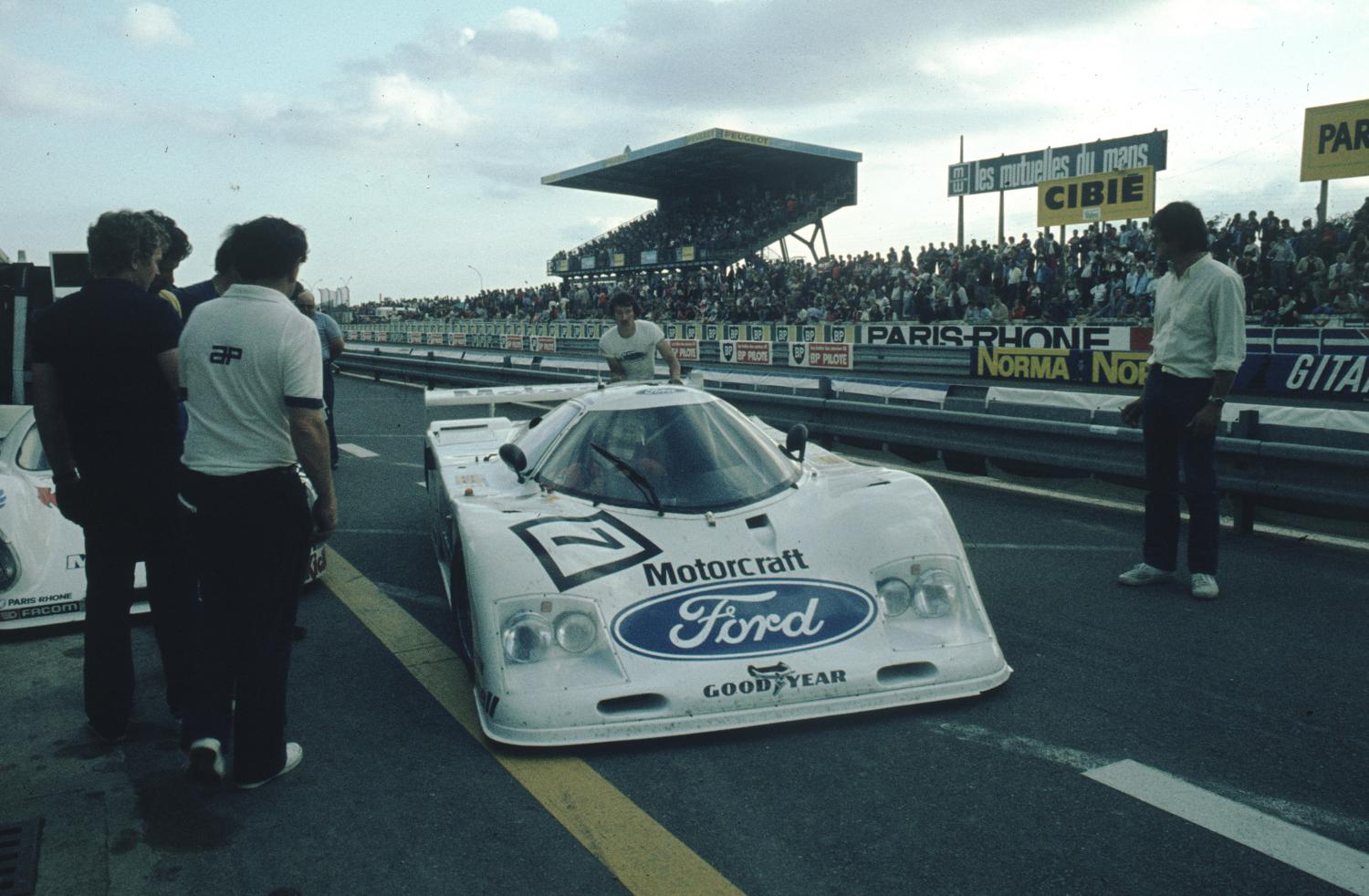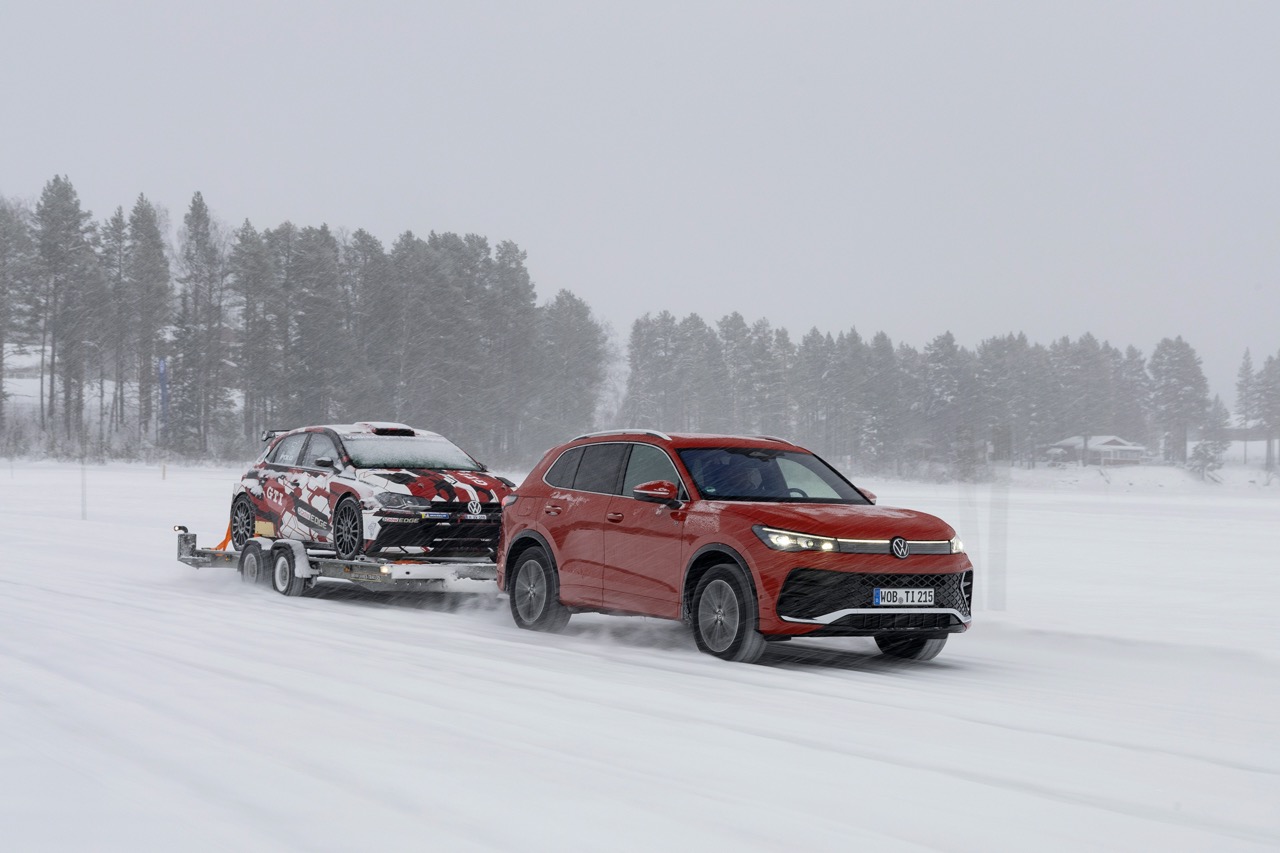Toyota and Honda may be rivals in the marketplace, battling for sales and market share. However, when it comes to Corporate Social Responsibility (CSR), it’s a different matter and where appropriate, they can work together for the good of communities.
During the magnitude 9 earthquake followed by a tsunami in northeastern Japan in 2011, it was found that power outages were a serious matter that affected rescue operations. That’s to be expected when the power supply network is damaged and repairs take a while. To address this issue, Toyota and Honda will bring technologies together to create a mobile power generation/output system.
Mobile power stations
For some time, carmakers have to considered drawing electricity from the big battery packs in their hybrid and electric vehicles, both of which are made by Toyota and Honda. These would become mobile power stations which could supply electricity for emergency use when necessary.
Now Toyota and Honda have jointly developed a system for a mobile and safe power supply. The system incorporates the ‘Moving e’, a fuel-cell bus developed by Toyota using the FC Bus as a basis. In the first step, the versatile application possibilities of the system will be demonstrated in tests starting this month.
CHARGING STATION
The Moving e mobile power generation/output system will consist of Toyota’s CHARGING STATION fuel cell bus with Honda’s Power Exporter 9000 portable external power output device. The CHARGING STATION loaded with all equipment will be driven to the place and the Moving e will supply electricity in actual locations.
More specifically, portable external power output devices and portable batteries will be used to take electricity out of the fuel cell bus, which serves as a power source, and feed electricity to electrical appliances. The CHARGING STATION features a high-output and large-capacity power generation capacity (generates 454 kWh with maximum output of 18 kW).
The Moving e can also be used for routine applications such as large events. As a mobile charging station, the bus drives directly to the place of use. However, it is limited to a radius of about 100 kms from a hydrogen filling station.
Rest area
Furthermore, featuring a space where people can take a nap, the CHARGING STATION can serve not only as a means of transportation but also as a place for people to rest in times of a disaster.
External power delivery devices and portable batteries can be charged with the energy from the fuel-cell via the charging station integrated on the back of the bus. In this way, the selective energy supply can be ensured after the breakdown of a power grid.




